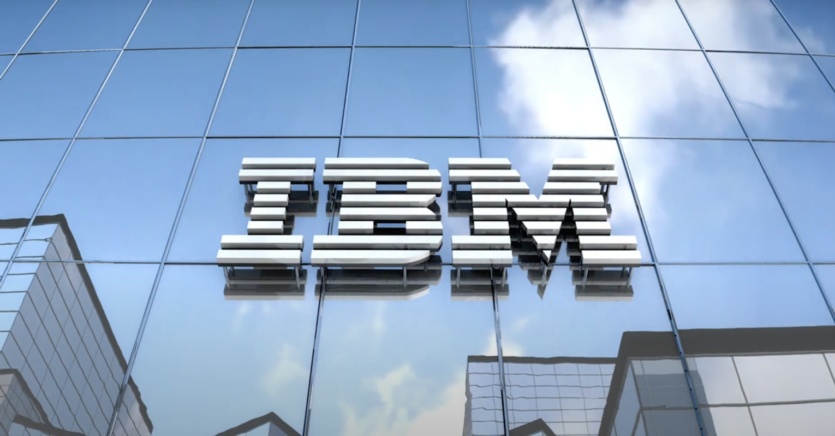
February 2024 marks two anniversaries related to one of the world’s largest information technology corporations: February 14 marks the one hundredth anniversary of the day when the Computing-Tabulating-Recording Company changed its name to IBM (International Business Machines), and February 17 marks the one and a half centenary of the birth of Thomas Watson Sr. who headed the same company for more than forty years, from 1914 to 1956.
The life of IBM is by no means a forgotten page in the history of technology. Our website has already described in detail the era of the 1950s and the first major mainframes from the «blue giant». We also talked about the legendary IBM PC 1981, which was a slightly belated response to the challenge of the «revolution of the micro», but managed to make this very revolution happen once again. And the news about the latest achievements of this company appear on our pages quite often. And yet, the centennial is a good reason to pay attention to those pages of IBM’s history that are not so well known and memorable, but remain important for understanding the present.
Officially, International Business Machines dates back to 1911, when its immediate predecessor, the Computing-Tabulating-Recording Company, was formed. However, the roots of this latter company go back to the nineteenth century. It all began on November 20, 1888, when a jeweler from New York State, Willard Bundy (1845-1907), invented – or, according to other sources, improved, and obtained a patent for – a device for monitoring and recording working hours.
The mechanical device, denoted by the English terms «time clock», «punch clock» or «time recorder», and in the Australian dialect by the name of its creator, «bundy clock», is almost unknown in our country. However, in the United States, England, Germany, and other countries with developed industries, it was widely used in factories and plants, workshops and shops, and even in the offices of more or less large companies.
The very first example of such a «business machine», patented by Bundy, was an ordinary wall clock with a built-in composter. When an employee came to work or left work, he or she inserted a personal time card into the slot of the clock and the corresponding time was recorded. This way, the owner of the establishment could easily control the presence of his employees at their workplaces, and the accountant could calculate wages for the exact number of hours worked without the need for watchmen and separate accounting books.
 Reconstructions of the Bundy Manufacturing Company’s control clock models presented at the 1893 World’s Fair. From the collection of The Bundy Museum of History & Art Source
Reconstructions of the Bundy Manufacturing Company’s control clock models presented at the 1893 World’s Fair. From the collection of The Bundy Museum of History & Art Source
Already in 1889, the inventor’s brother Harlow Bundy, foreseeing the potential of such a device, persuaded Willard to establish the world’s first factory for the production of such devices in the town of Binghamton, New York. At the time of its creation, the Bundy Manufacturing Company had only eight employees, but soon their number grew to more than one hundred and thirty because as industrialization developed, the demand for «mechanical watchmen» steadily increased.
One of the most significant additions to the staff was an investor and entrepreneur named George Fairchild (1854-1924). He came from a large and poor family of farmers, apprenticed to a printer at the age of fourteen, became a co-owner of a newspaper by the age of twenty, and later became a politician and Chairman of IBM.
In 1896, his friend Harlow Bundy persuaded Fairchild to join the brothers’ family company as a director. Four years later, he organized a new enterprise called the International Time Recording Company — as a kind of sales department of the Bundy Manufacturing Company. In keeping with its name, this company already had branches all over the world: in England, France, Germany, and Canada.
At the same time, Fairchild managed to establish a process of gradual buyout and incorporation of competitors and other useful companies into his International Time Recording. For example, Willard & Frick Manufacturing Co. was the world’s first manufacturer of the very cards that were to be composted with mechanical time clocks.
However, perhaps the most successful acquisition of the new corporation was the Del Ray Register Company, which was acquired in 1907. Its founder, named Alexander Day, invented an alternative timekeeping device in the same year of 1888 as Willard Bundy. It differed from a simple mechanical clock with a compass by having a wide wheel with a set of numbers that were the serial numbers of employees. Instead of inserting a card, the employee only had to turn the wheel to his or her number and pull a lever, after which the machine would print out the time of arrival or departure.
The «disk» timekeeping device was one of the most popular products from International Business Machines in the 1920s. An exhibit from the collection of the Artillery Park Museum, Quebec Source
 A replica of an early model of the Hollerith punch on display at the Computer History Museum in California. The box for sorting punch cards is visible at the bottom right Source
A replica of an early model of the Hollerith punch on display at the Computer History Museum in California. The box for sorting punch cards is visible at the bottom right Source
The merged company, which was formed on June 16, 1911, under the name Computing-Tabulating-Recording Company (abbreviated — CTR), was located in the village of Endicott, New York (where both the Bundy Brothers’ factory and the Fairchild Company had moved to) and employed about 1300 people. However, while the second and third components of the name referred to the Hollerith punch and the Bundy and Day reference clocks, respectively, the first component, which hinted at a connection with computing, referred to the fourth of the companies Flint acquired.
It was the Computing Scale Company of America from Ohio, another company with roots in the inventions of the turbulent and peaceful 1880s and 90s. «Smart» scales were designed for stores, mainly grocery stores. They were able not only to show the exact weight, but also to immediately calculate the value of the goods being weighed.
Fairchild was considered the head of the company until his death in 1924, but due to his employment as a member of Congress, the real leadership gradually passed into the hands of Thomas Watson Sr. (1874-1956). Having not very successfully tested himself in his youth as a teacher, traveling salesman, and butcher, Watson worked for a decade and a half in the sales department of the NCR (National Cash Register Company), which manufactured cash registers.
However, his rigid and «effective» policy toward competitors led not only to the company’s prosperity, but also to a trial that sentenced Watson, along with other NCR executives, to a year in prison. Later, this verdict was overturned on appeal, but he had to find a new job as soon as possible. In 1914, Watson persuaded financier Charles Flint to hire him as general manager at CTR. He received the position of president a year later, after the final past the threat of prison.
 An official photo of Thomas Watson Sr. in 1939 with his famous motto «Think» in the background Source
An official photo of Thomas Watson Sr. in 1939 with his famous motto «Think» in the background Source
During his more than forty years of managing the company, Thomas Watson managed to make it a model enterprise of the twentieth century, increasing profits a hundredfold and the number of employees — 255 times [https://www.ibm.com/history/thomas-watson-sr]. In the mid-1910s, he firstly began to consolidate four virtually unrelated companies into CTR and to train the staff.
On the one hand, various training courses and other useful activities were organized for employees, and they did not have to complain about their salaries. For example, Watson was one of the first in the United States to introduce the principle of equal pay regardless of gender and race. By the early 1940s, he himself had become the third highest-paid employee in the country, with a profit of half a million a year (although 69% of this amount went to taxes).
On the other hand, strict rules were introduced regarding dress and behavior (for example, a complete ban on alcoholic beverages, which remained in place even after the abolition of «Prohibition»), and «corporate culture» was reinforced by the dissemination of, among other things, official company songs (the president of IBM willingly led the choral performance of them during meetings). A brochure with a list of rules of conduct, which was given to every employee even after the end of the Watson Sr. era, included as many as 32 pages.
Watson’s favorite slogan, which he carried over from NCR to his new job, was «Think» — «Think». Originally intended for the sales team, it has been extended to the entire company and all aspects of its life — from posters on the walls of factories to employee badges and from the eponymous corporate magazine to international conferences.
The company continued to use this motto, which became a trademark, decades after its famous leader passed away. For example, the name of the ThinkPads series of laptops (corresponding in size to old corporate notebooks) and ThinkCentre desktops. Watson himself did not specify or comment on the meaning of his slogan. According to him, everything should be clear from the sight of these five letters. In any case, the ability to think — in particular, to consider all possible circumstances and consequences — proclaimed is a criterion for the success of any endeavor.
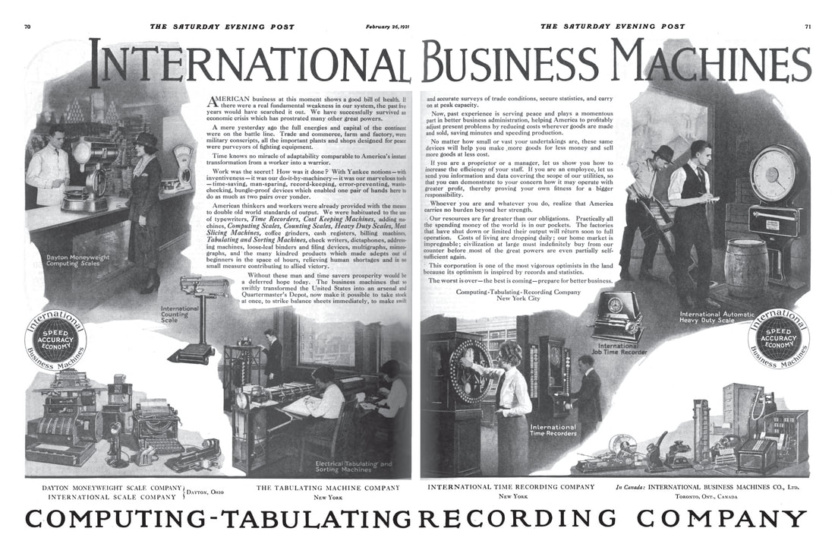 The description of CTR’s products as «international business machines» was used in advertising long before the company was renamed. Magazine «The Saturday Evening Post», February 1921 Source
The description of CTR’s products as «international business machines» was used in advertising long before the company was renamed. Magazine «The Saturday Evening Post», February 1921 Source
Watson never liked the complicated sign with the hyphens Computing-Tabulating-Recording, but he decided to rename the company only in February 1924, after he had finally established himself as the sole leader (Fairchild died a few months later). International Business Machines sounded not only clearer, but also more universal and global. At the same time, it reflected the growth of the company and its product line.
At the same time, the president was least interested in «smart scales». As for Bundy and Day’s calculating watches, they were used without much enthusiasm as a source of income that was used to develop other areas. But the punch division soon became central, although Hermann Hollerith left the company, where he had long been considered a consulting engineer, in 1921.
As early as 1890, during the U.S. census, Hollerith did not sell his cars so much as lease them. This strategy was eagerly adopted by Watson, who believed that it would ensure a more stable profit. Accordingly, this way of selling required constant communication between employees and customers. In its advertising, IBM strongly emphasized the importance of service, consulting, and technical support for its products for a long time after the sale. This contributed to, among other things, forming its solid image in the eyes of the US business community.
 Judging by this exhibition of IBM products from the «roaring 1920s», «calculating scales» were more popular than checking clocks and punchers. However, it was this area that Watson Sr. was least interested in, and he divested himself of it by 1933. The very first logo with the company name, which was used for more than twenty years, from 1924 to 1947, is also clearly visible: the round shape was designed to resemble a globe, emphasizing the significance of the word «International» Source
Judging by this exhibition of IBM products from the «roaring 1920s», «calculating scales» were more popular than checking clocks and punchers. However, it was this area that Watson Sr. was least interested in, and he divested himself of it by 1933. The very first logo with the company name, which was used for more than twenty years, from 1924 to 1947, is also clearly visible: the round shape was designed to resemble a globe, emphasizing the significance of the word «International» Source
Among the features that contributed to the success of IBM’s development as one of the leading and most iconic companies in the United States in the mid-twentieth century, researchers name the family atmosphere inherent in the corporate culture created by Watson, as well as the successful application of the ideas of «welfare capitalism» — welfare capitalism (financial incentives for employees in exchange for not forming trade unions). The latter policy was especially relevant during the «Great Depression», allowing IBM to successfully survive the 1930s and grow in the 1940s, along with close cooperation with the administration of President Roosevelt, particularly during World War II.
At that time, the most advanced of the production areas was the area related to Hollerith machines. Successfully, electrified punches learned how to replicate cards in large quantities and use them not only to store and process census information, but also for many other counting tasks (e.g., accounting). These included adding, subtracting, summing up the overall balance, and printing reports. Punch card from IBM became was practically the world’s first standardized storage medium, stored in binary form, using a combination of holes and their absence in a space of twelve rows and eighty columns. By the way, the monitors of the first computers later inherited their dimensions from the latter number.
Until the late 1980s, when their use finally came to an end, punch cards all over the world, including Ukraine, followed the pattern set by IBM decades before. Source: photo by the author
The second most important area of the company’s activity was electric typewriters, which also existed for a long time. In the late 1940s, the time for computers came. For example, the world’s first commercial calculator, the IBM 603, which consisted of several hundred radio tubes. The initiator of this device was Thomas Watson Jr. (1914-1993), the son of an executive. His father was quite skeptical, and for good reason. Renting such a calculating device cost from five hundred to a thousand dollars a month, and its capabilities did not exceed those of mechanical arithmetic machines. As a result sold. There are only about twenty copies of this machine.
An electromechanical computer called the IBM Selective Sequence Electronic Calculator was a little more fortunate. It already had 12.5 thousand lamps and from 1948 to 1952 was successfully used, for example, in astronomy to determine the exact positions of the Moon and planets. However, by the early 1950s, such calculators had already begun to give way to the first large computers at the forefront of the industry, which the company’s permanent president also viewed with great doubt.
The statement often attributed to Watson Sr. that five computers would be enough to saturate the world market is as apocryphal a fiction as Bill Gates’ later words about «640 kilobytes being enough for everyone». In any case, no traces of the IBM CEO using such a phrase have been found in the archives.
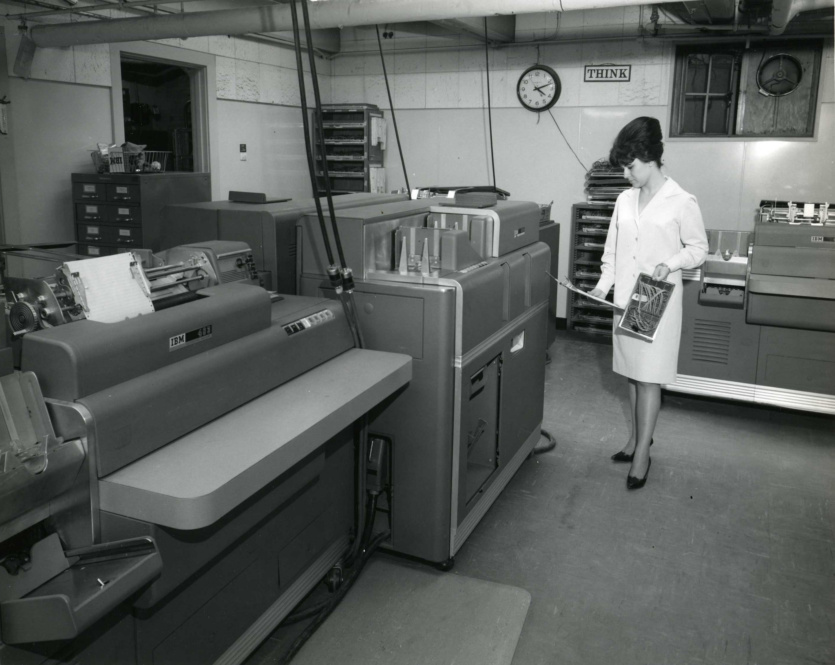 The IBM 403 tallying machine with a built-in printer (pictured — left) appeared in 1948, but was actively used later, including in the 1960s. In the center, next to the operator holding the control panel, is an IBM 514 reproducer punch. The indispensable sign with the motto «Think», which accompanied the company’s employees literally at every step, is also worth noting Source
The IBM 403 tallying machine with a built-in printer (pictured — left) appeared in 1948, but was actively used later, including in the 1960s. In the center, next to the operator holding the control panel, is an IBM 514 reproducer punch. The indispensable sign with the motto «Think», which accompanied the company’s employees literally at every step, is also worth noting Source
Serial mainframe IBM 701introduced in 1952, was not the first commercial computer at all and was even inferior in its technical characteristics to the industry pioneer UNIVAC I from Eckert-Mauchly Computer Corporation (soon to be bought by Remington Rand).
Instead, the father and son Watson company could rely on its solid reputation in U.S. business and government circles, its tradition of high-quality customer service, and most importantly, its sales force. Potential buyers of such expensive computers were first listened to carefully about their needs, and then provided with full-service support, with quick troubleshooting and customization of the computer for any task. Competitors were forced to recognize that IBM, if lagging behind them in technical innovation, was head and shoulders above them in terms of marketing. According to one of the UNIVAC project managers: «It doesn’t do you any good to make the best mousetrap if the other guy selling them has five times as many salespeople». As a result, by 1956, IBM’s share of the U.S. computer market was 85%.
The configuration of the players in this very market was denoted in that era by the figurative expression «Snow White and the Seven Dwarfs». This was IBM, also called the «blue giant» (either by its new blue-striped logo or by Watson’s invented corporate clothing of the same color). Although by the early 1960s its share had dropped to about 70%, it was still clearly above its competitors, which included NCR, RCA, General Electric, and other relatively small computer manufacturers, which were often replaced by new players (which, by the way, were often formed by people from IBM itself).
After the death of Watson Sr. in 1956, his son Thomas Watson Jr. who had started his career in sales almost twenty years earlier, confidently took the reins of the company and, at the same time, the course of intensive computerization. While continuing many of his father’s traditions, the new leader nevertheless abandoned the authoritarian and paternalistic style of management, considering it unacceptable for the new times and the global market, and preferring decentralization. As a result, over the next fifteen years (and Watson Jr. retired in 1971 at the relatively early age of 57, after suffering a heart attack), the number of employees tripledand revenue increased tenfold, reaching 270 thousand people and $8 billion, respectively.
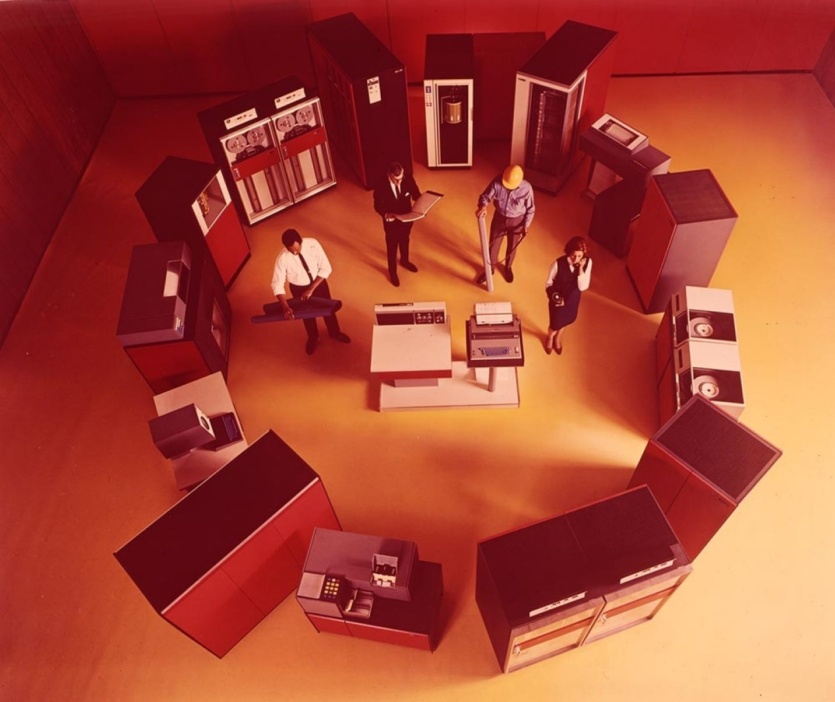 Advertising for the IBM System/360 mainframe emphasized its compatibility and versatility, suitable for the needs of various industries Source
Advertising for the IBM System/360 mainframe emphasized its compatibility and versatility, suitable for the needs of various industries Source
One of the most important events in this area was the creation of a family of software-compatible mainframes with a common architecture — System/360. Other significant innovations of this era include the first IBM 350 hard disk drive (1956), the IBM 7030 «Stretch» transistor supercomputer (1961), the modern model of dynamic random access memory (DRAM, 1966), flexible magnetic disk as a new storage medium (1971), and the first commercial laser printer, the IBM 3800 (1975).
However, the 1970s, which were rapid in terms of the pace of computing development, were not the best time in the company’s history. Probably because of the constantly changing management and antitrust inspections by the US government. By 1970, IBM’s share of the computer market had dropped to 60%, and by 1980, the company’s achieved 32%, naturally negating any possible accusations of monopoly.
A new breakthrough occurred only during John Opel’s management of the company (1981-1985). Despite its considerable delay in entering the «microcomputer» market, IBM partially repeated its strategy tested with large computers. The company introduced its version later than the pioneers, but backed it up with its reputation in business circles. As a result, IBM PC succeeded in achieving exactly what Apple, Tandy, or Commodore had dreamed of in vain: personal computers were actively purchased not only by enthusiastic amateurs, soldering iron and assembly-line masters, but also by professionals who were not deterred by the high price and who had learned from experience to trust a serious and reliable company.
The story of the birth of the IBM PC and its triumphant march across the planet is, of course, well known. But its younger brother was much less fortunate. The IBM PCjr went on sale forty years ago, in March 1984, turned out to be ended up being a surprisingly unsuccessful project.
The IBM PCjr failed in the market due to it’s not quite right positioning, uncomfortable to use «island» type keyboards, modest amount of RAM, and most importantly — incomplete compatibility with its popular «older brother» Source
The flip side of IBM PC’s success was that the company abandoned several of its own long-standing traditions. The after-sales service of machines, the usual trump card of the «blue giant», was outsourced, and the open architecture contributed to the emergence of the «army of clones», and also turned out to be an advantage not so much for IBM itself as for the software manufacturer represented by Microsoft.
As a result, by the early 1990s, the company had lost control of its own creation, finding itself a minor player in the market of «IBM PC-compatible PCs» that it had practically created. Phoenix Technologies has successfully developed a copy of ROM, and both Intel processors and Microsoft DOS and, consequently, all applications for this operating system were are initially available to any manufacturer.
In addition, competitors in the personal computer market were no longer «dwarves», ready to recognize IBM’s authority. Steve Jobs, Bill Gates, and Jack Trammell were able to beat the Watson heirs not only in the technology race but also in marketing. They did not stop at any price wars and other newfangled tricks that were not available to the old, big and therefore somewhat clumsy and conservative «blue giant».
As a response, IBM still tried to turn the triumph of the IBM PC to its advantage by introducing something more proprietary as the successor to the 1981 PC. However, neither the PS/2 line (1987) nor the home-oriented PS/1 family (1990) were successful. And OS/2, which was intended for the first of them, a proprietary operating system with a graphical user interface, eventually lost the confrontation with Windows 3.0 from the same Microsoft that initially took an active part in its creation together with IBM.
Among the key disadvantages of OS/2 are high system requirements, not the most complete support for DOS applications, an inflated price, including for developers (in April 1987, $3,000 was asked for the SDK), and a marketing focus on IBM’s proprietary hardware. But this OS is quite normal worked and on most «clones».
The IBM Thinkpad line of laptops, produced from 1992 until the sale of this business to the Chinese company Lenovo thirteen years later, was one of the company’s last successes as a computer manufacturer. They were also a reminder of Watson Sr. and his favorite slogan Source
The rest of IBM’s history belongs to the most recent times! In 1993, faced with a threat to the company’s existence, IBM’s investors and board of directors, for the first time in its history, invited an outsider — Louis Gerstner, who had no connection to the computer industry (before that, the post was offered to Bill Gates and then Apple CEO John Sculley, among others, but they did not show interest).
As expected, the result was massive layoffs and the cessation of production and development of OS/2 with PS/2, with a complete abandonment of not only attempts to monopolize the PC market, but also the production of desktop PCs in general. Instead, the company managed to restore its reputation and status by focusing on supercomputers in particular, including quantum, and in the traditional service sector. Division IBM Consulting, which provides services to various organizations to modernize their information systems, is still one of the main sources of income for the renowned company.
The software development divisions, including applications in the field of information security and cloud computing, are not idle either. There is also IBM Research, which has recently been actively engaged in artificial intelligence technologies. So — the story goes on!

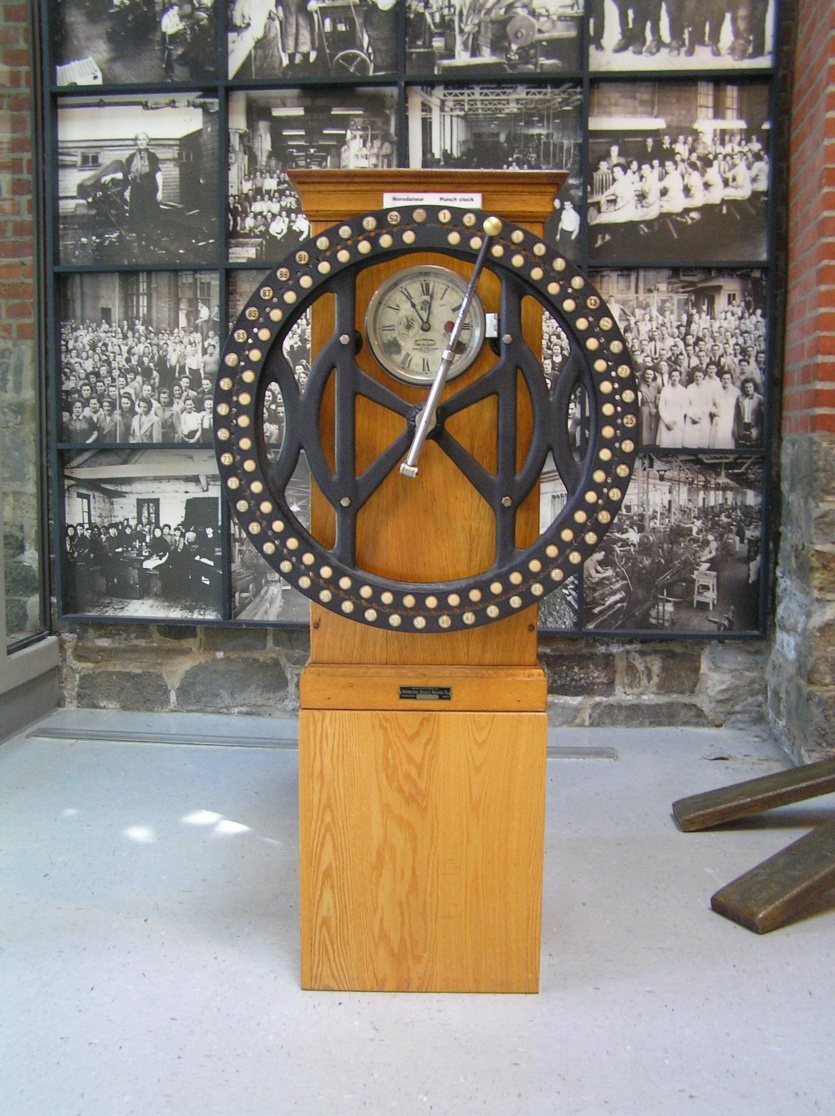
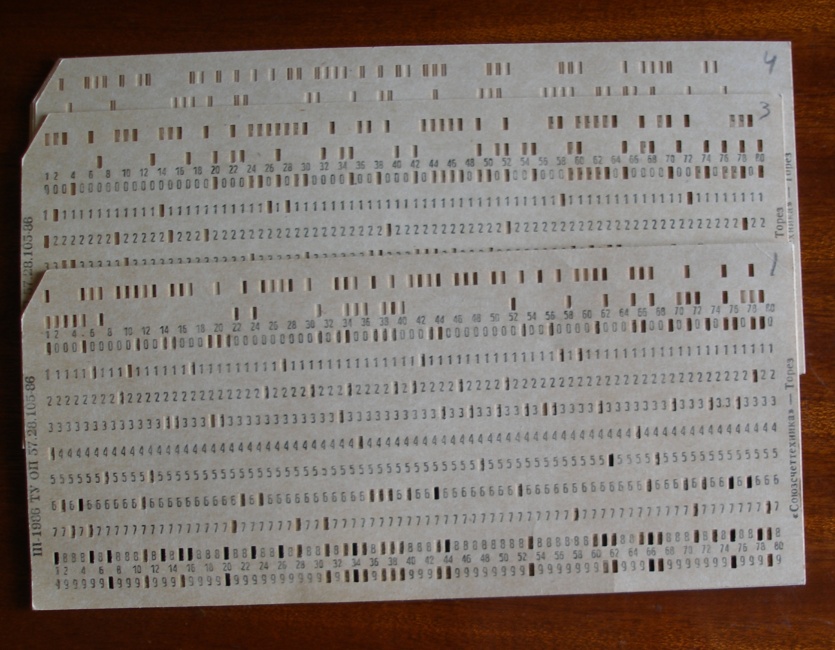
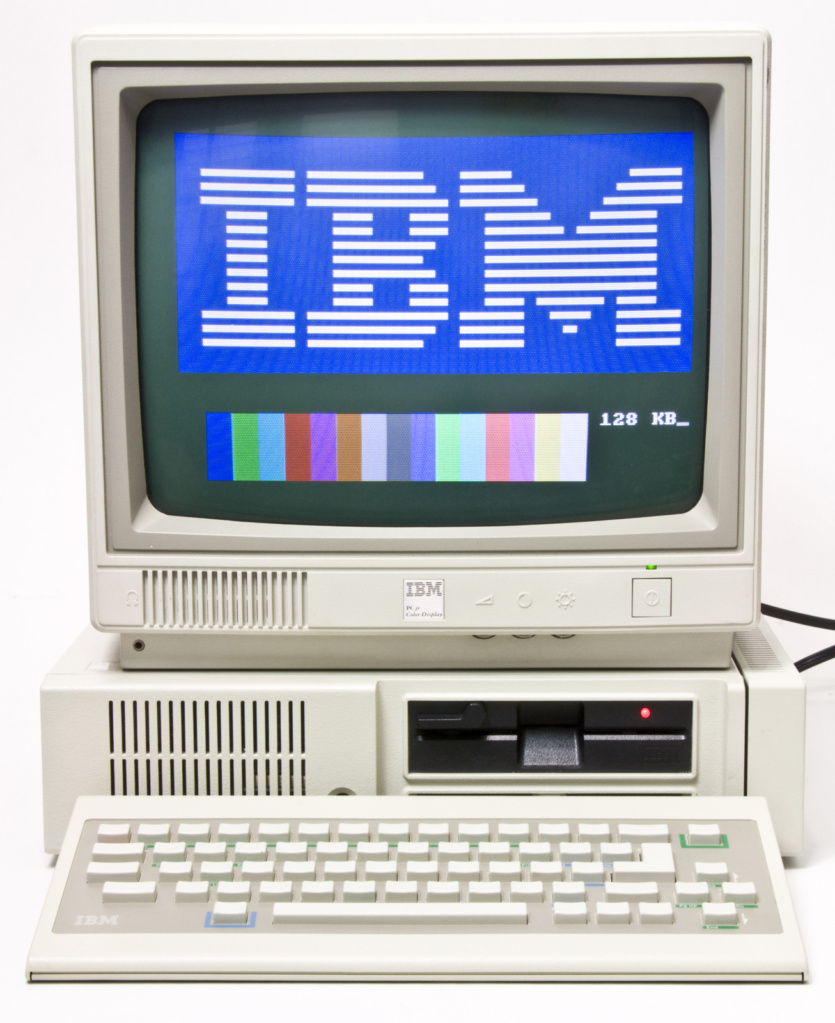

Spelling error report
The following text will be sent to our editors: